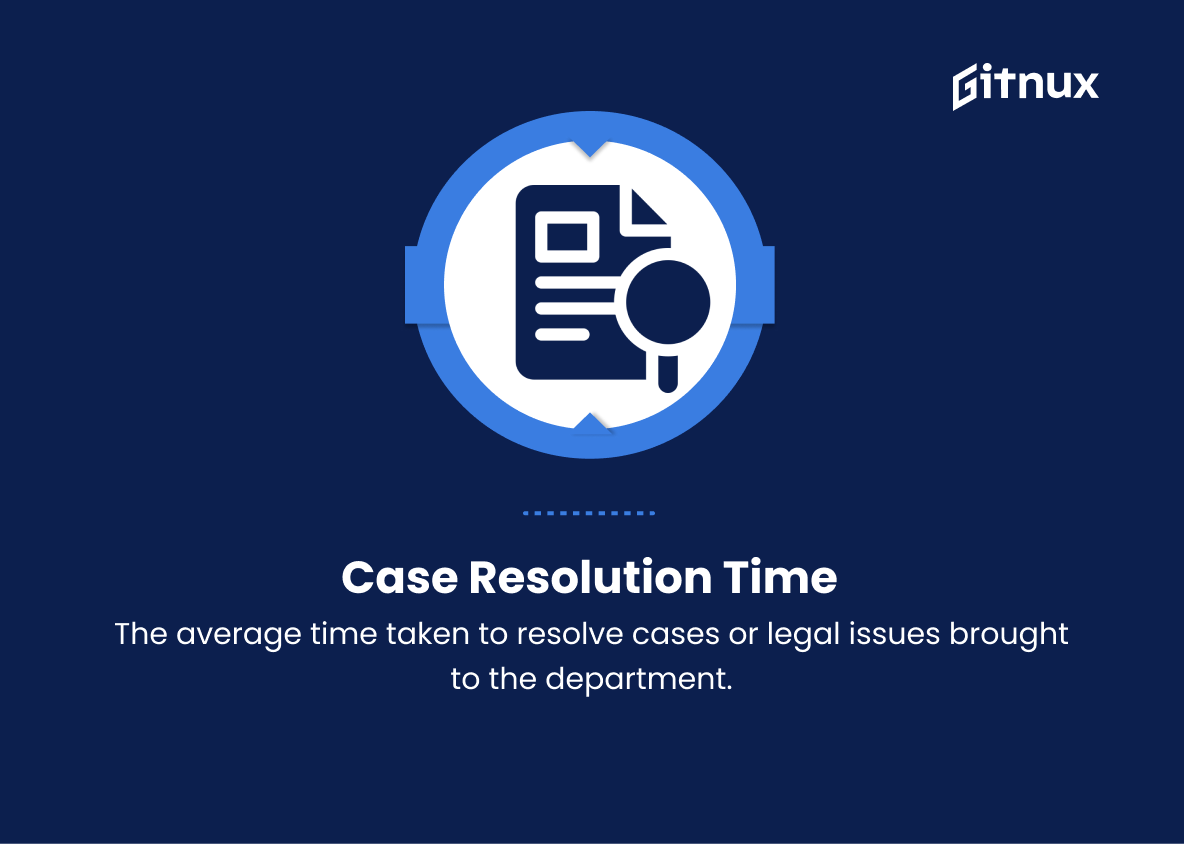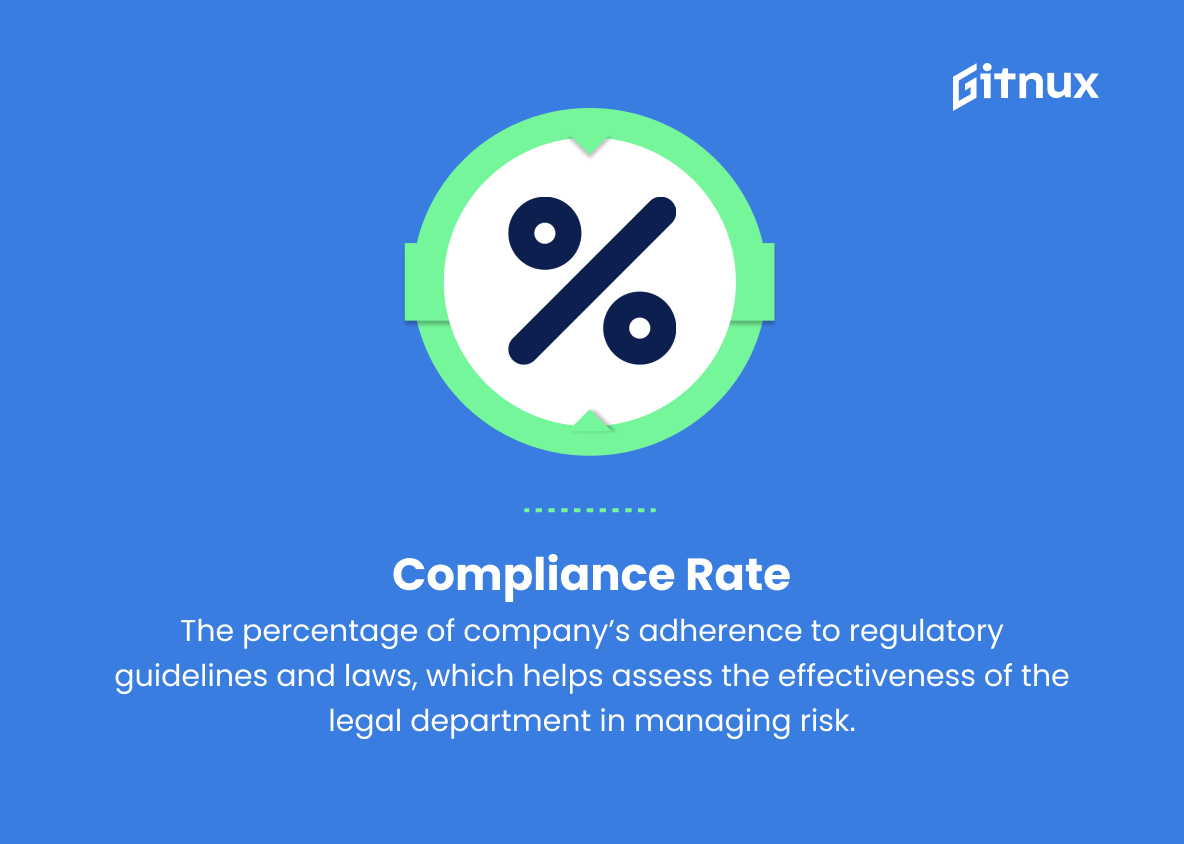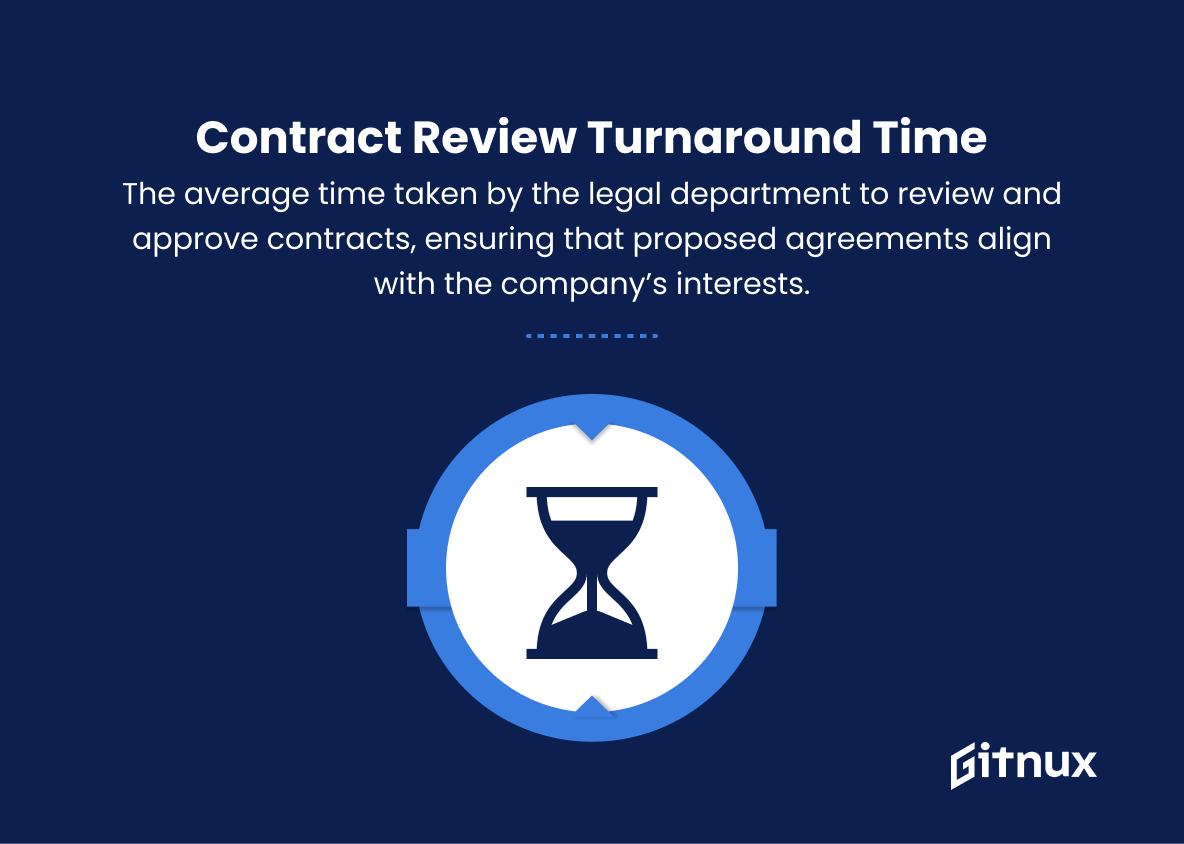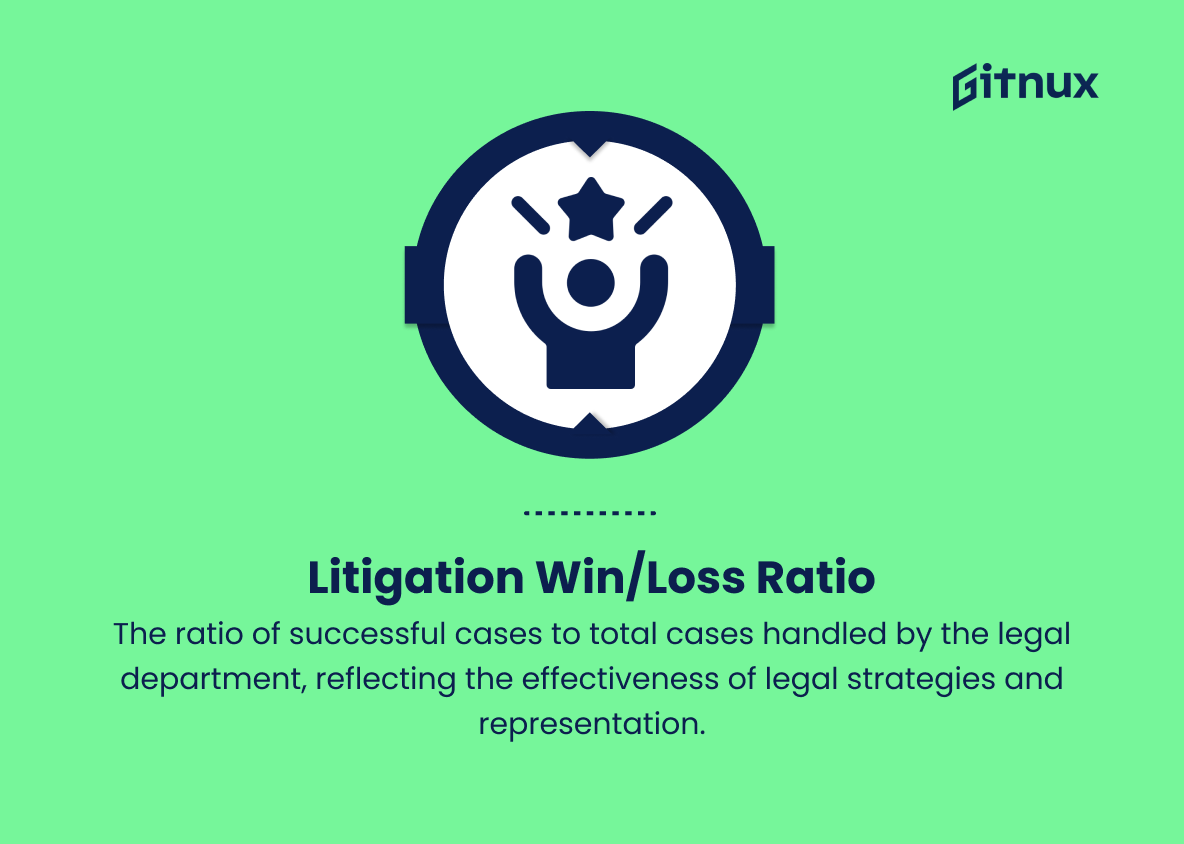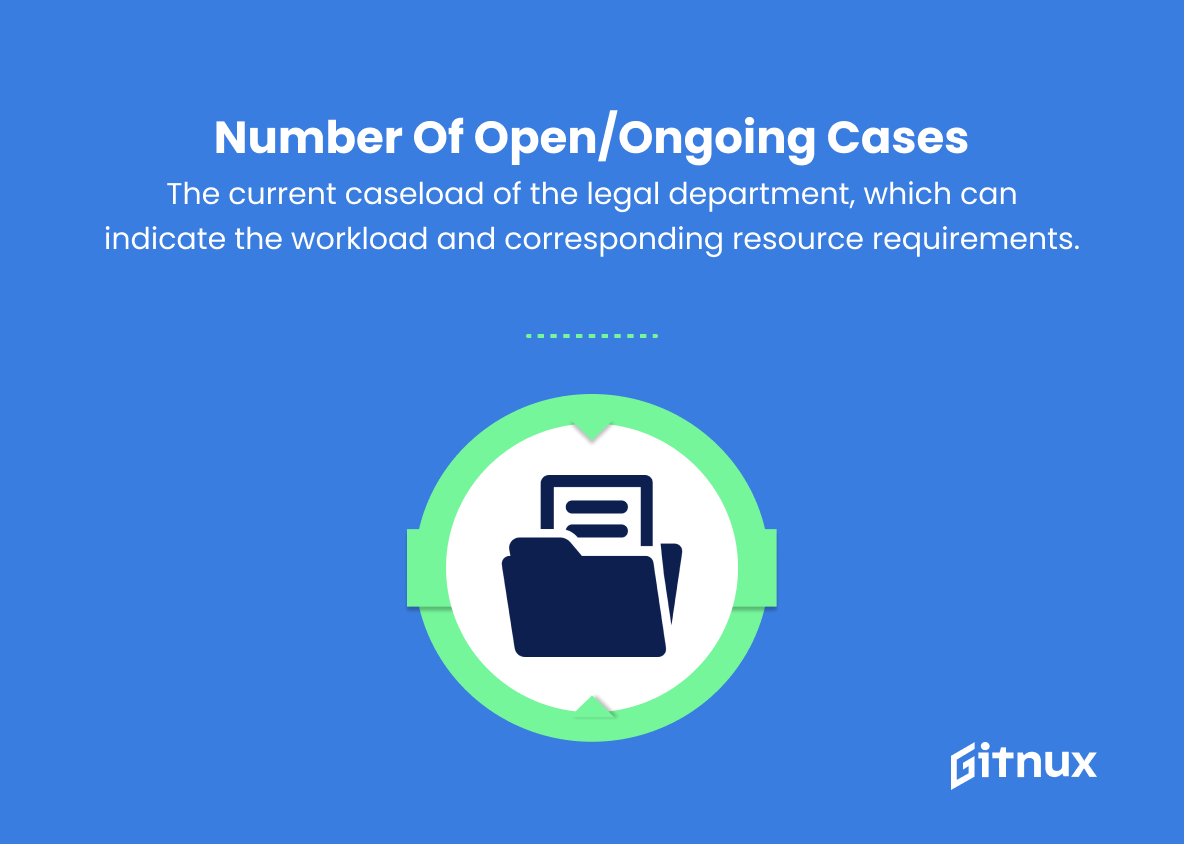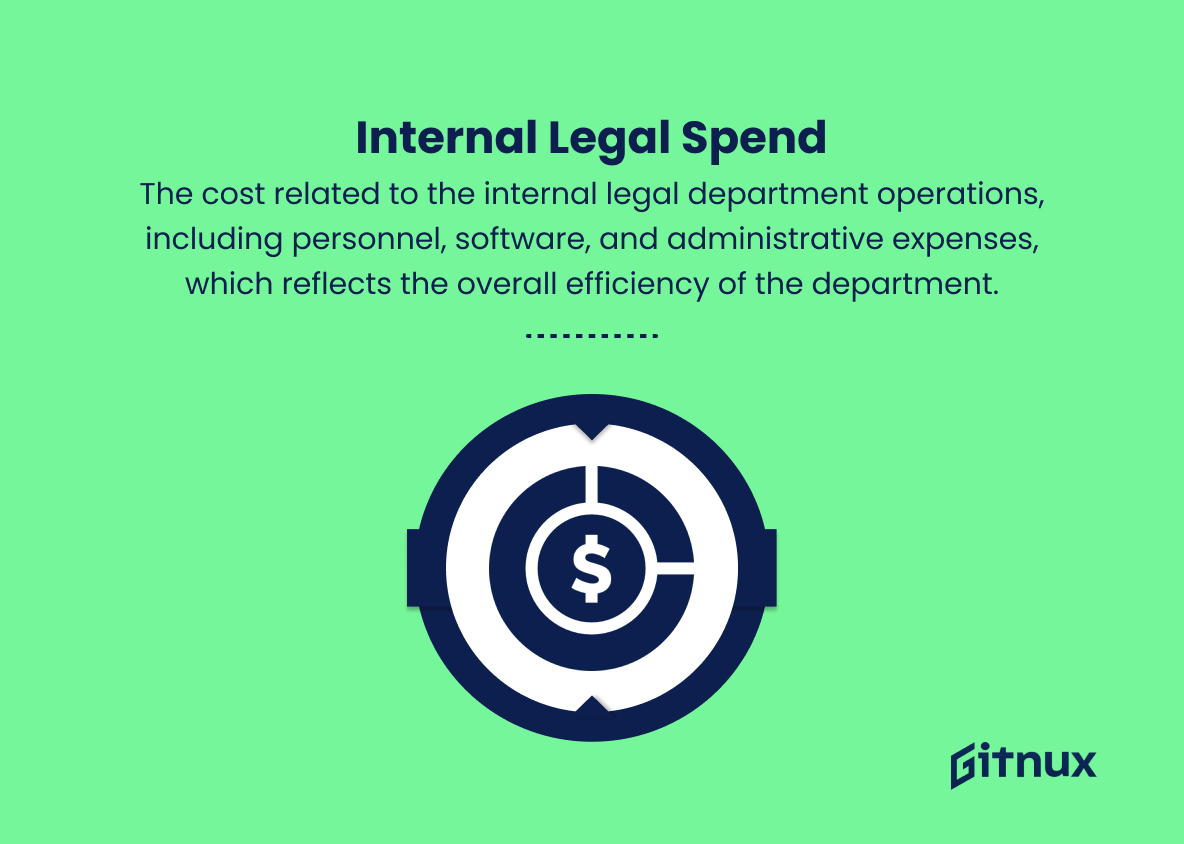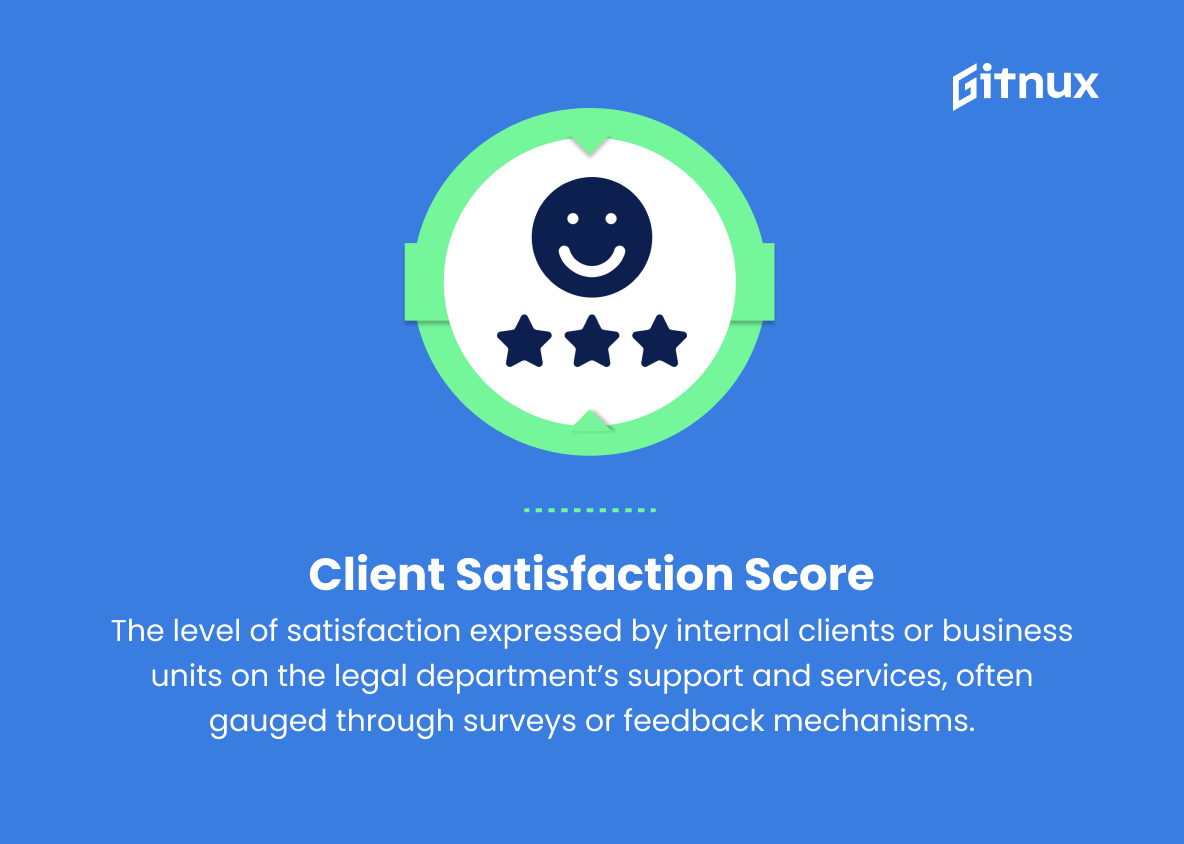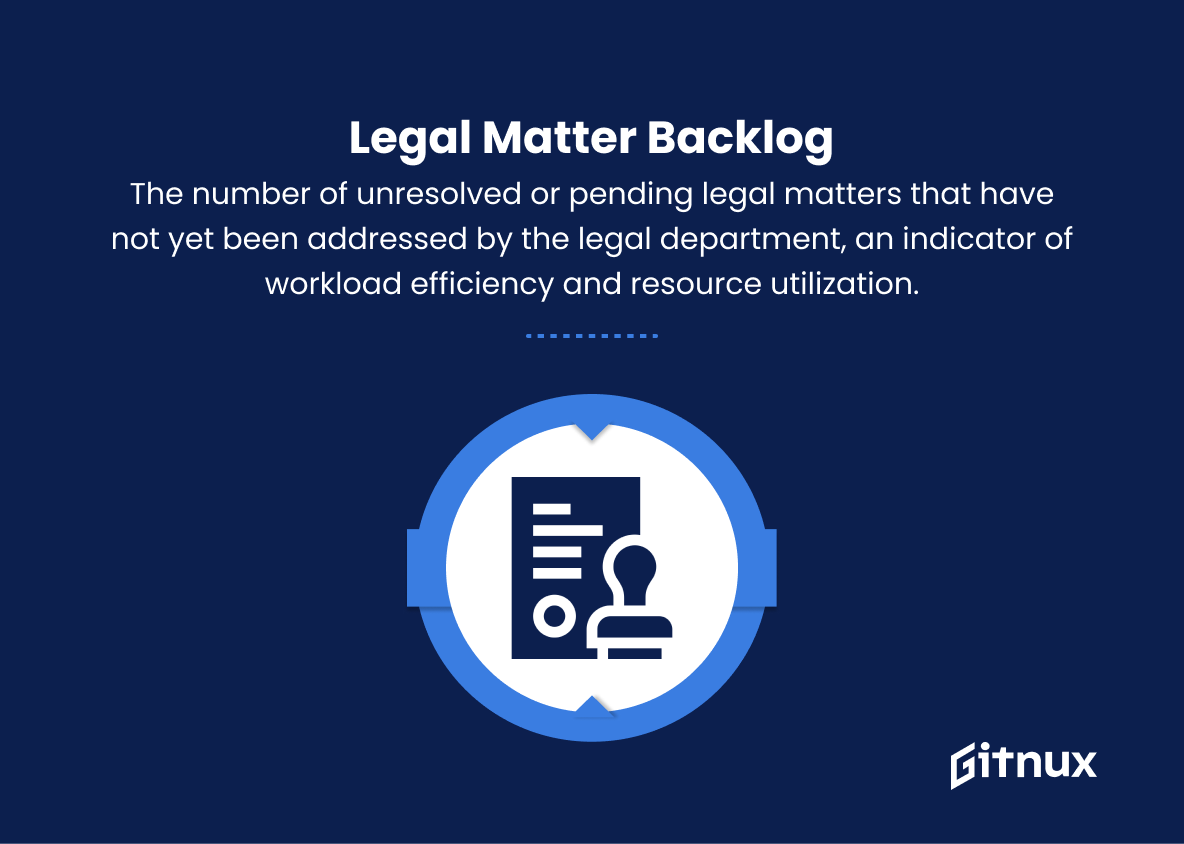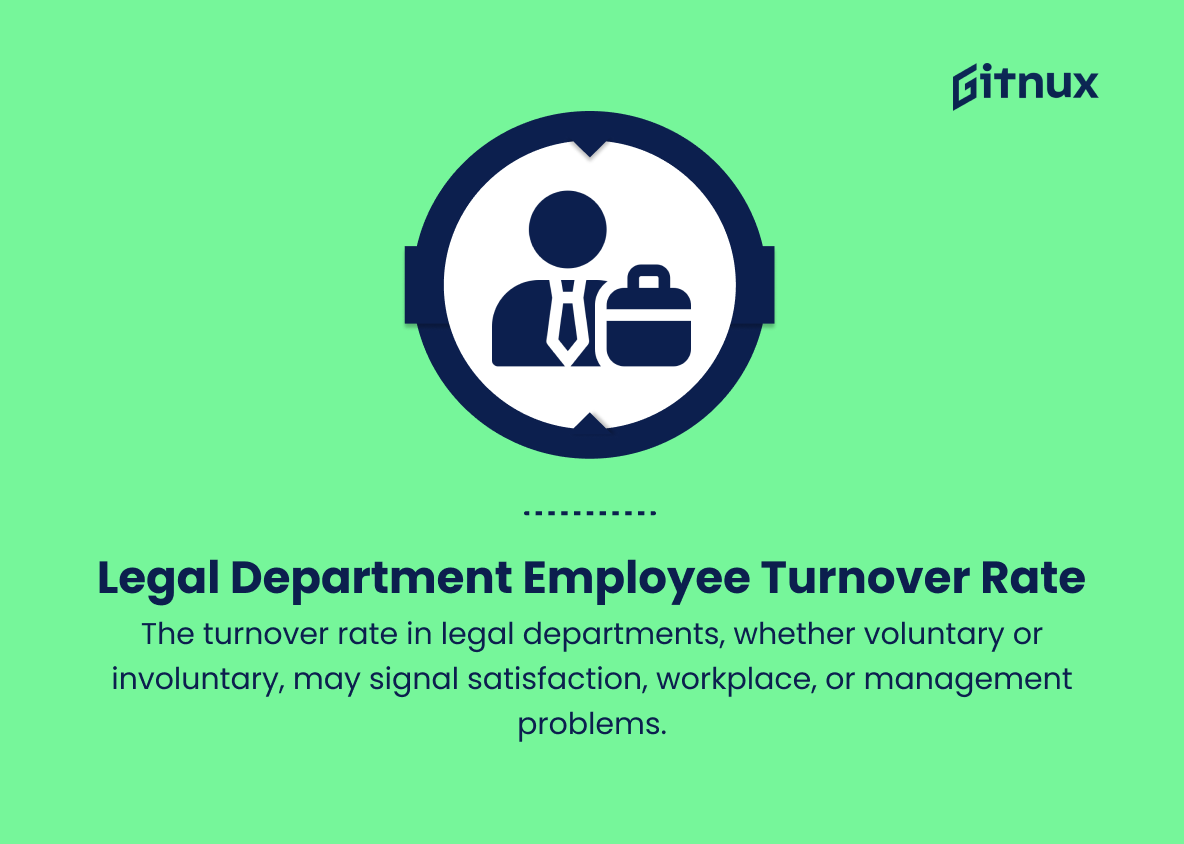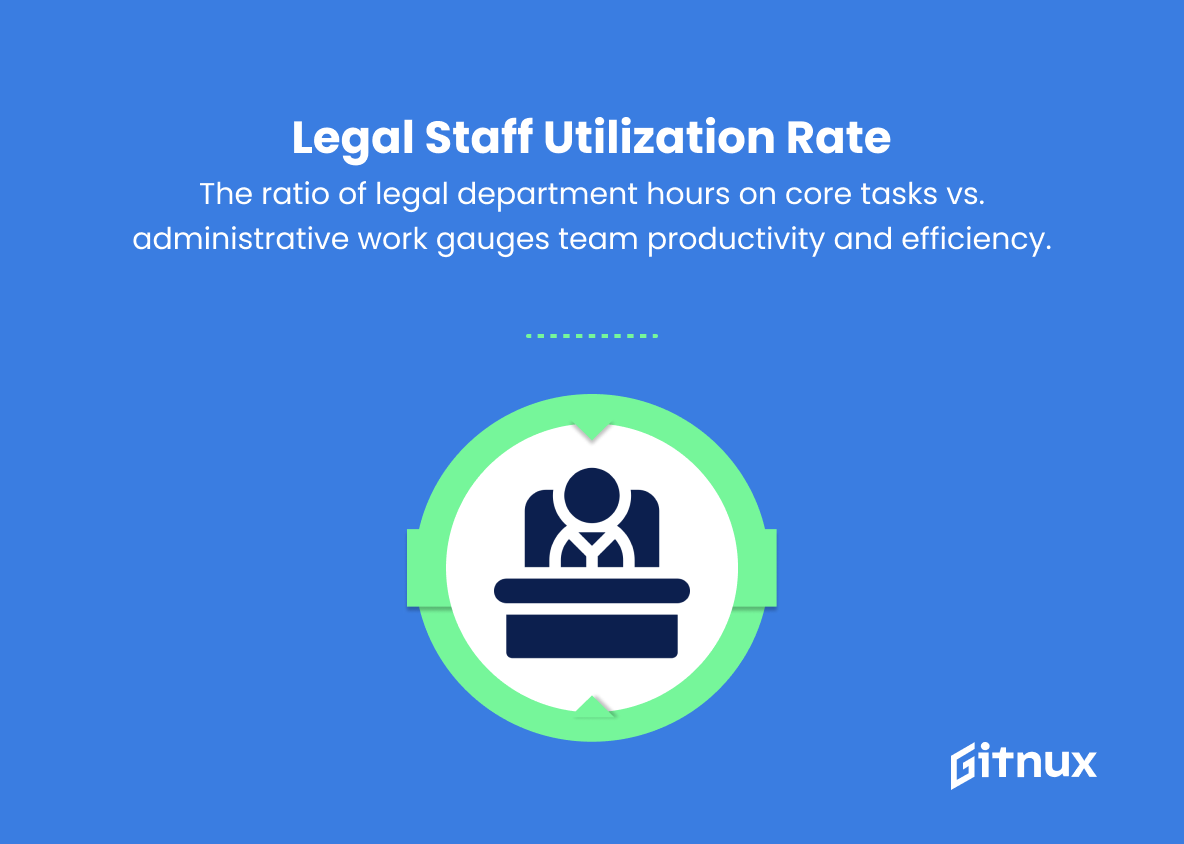In today’s fast-paced and ever-evolving legal landscape, it’s essential for an organization’s legal department to operate with the utmost efficiency and effectiveness. The key to achieving this level of performance lies in the implementation and monitoring of relevant Key Performance Indicators (KPIs). Through carefully selected KPIs, legal departments can assess their performance, measure improvements and identify areas of concern.
This critical insight enables legal teams to make informed decisions, optimize their processes, and deliver exceptional value to the organization. In this comprehensive blog post, we will explore the essential legal department KPIs that every organization must consider to stay ahead of the curve and maintain world-class legal management.
Legal Department KPIs You Should Know
1. Case resolution time
The average time taken to resolve cases or legal issues brought to the department.
2. Legal expense ratio
The proportion of legal expenses to the company’s overall expenses, giving an indication of how resources are being allocated to handle legal matters.
3. Compliance rate
The percentage of company’s adherence to regulatory guidelines and laws, which helps assess the effectiveness of the legal department in managing risk.
In today’s fast-paced and ever-evolving legal landscape, it’s essential for any organization’s legal department to operate with the utmost efficiency and effectiveness.4. Contract review turnaround time
The average time taken by the legal department to review and approve contracts, ensuring that proposed agreements align with the company’s interests.
5. Litigation win/loss ratio
The ratio of successful cases to total cases handled by the legal department, reflecting the effectiveness of legal strategies and representation.
6. Number of open/ongoing cases
The current caseload of the legal department, which can indicate the workload and corresponding resource requirements.
Legal Department KPIs are essential in measuring the effectiveness, efficiency, and productivity of a company’s legal operations.7. External legal spend
The amount spent on external legal resources, such as outside counsel or consultants, which can help management gauge the internal legal team’s capacity or expertise.
8. Internal legal spend
The cost related to the internal legal department operations, including personnel, software, and administrative expenses, which reflects the overall efficiency of the department.
9. Client satisfaction score
The level of satisfaction expressed by internal clients or business units on the legal department’s support and services, often gauged through surveys or feedback mechanisms.
10. Legal matter backlog
The number of unresolved or pending legal matters that have not yet been addressed by the legal department, an indicator of workload efficiency and resource utilization.
11. Legal department employee turnover rate
The rate at which legal department employees leave their positions, either voluntarily or involuntarily, which can signal issues with employee satisfaction, work environment, or management effectiveness.
12. Legal staff utilization rate
The percentage of the legal department’s working hours dedicated to handling core legal matters, as opposed to administrative tasks, reflecting the overall productivity and efficiency of the team.
Legal Department KPIs Explained
Legal Department KPIs are essential in measuring the effectiveness, efficiency, and productivity of a company’s legal operations. The case resolution time provides insights into the ability of the department to handle and close cases in a timely manner, while the legal expense ratio highlights the allocation of company resources toward legal matters. The compliance rate indicates the success of risk management strategies and adherence to regulatory guidelines. Contract review turnaround time reflects the promptness of the legal department in assessing agreements to align with the company’s interests.
The litigation win/loss ratio showcases the effectiveness of legal strategies and representation, and the number of open/ongoing cases reveals the workload and resource needs of the department. External and internal legal spend help management evaluate the capacity or expertise of the legal team and the efficiency of department operations.
Client satisfaction scores measure the approval of internal clients, while legal matter backlog indicates workload efficiency and resource utilization. Employee turnover rate in the legal department can signal potential issues with workplace satisfaction, and the legal staff utilization rate demonstrates the overall productivity and focus of the team on core legal matters.
Conclusion
In summary, tracking and analyzing Legal Department KPIs is crucial for ensuring a high level of efficiency, effectiveness, and overall success of any legal team. By carefully selecting the right KPIs and consistently monitoring their progress, legal departments can identify areas of strength and improvement, minimize risks, and optimize the use of their resources.
Furthermore, these metrics foster a culture of transparency and accountability, ultimately contributing to the growth and sustainability of the organization. Ultimately, legal professionals who take these factors into consideration will find themselves better equipped to navigate the ever-changing legal landscape and continue to deliver exceptional value to their clients and organizations.
